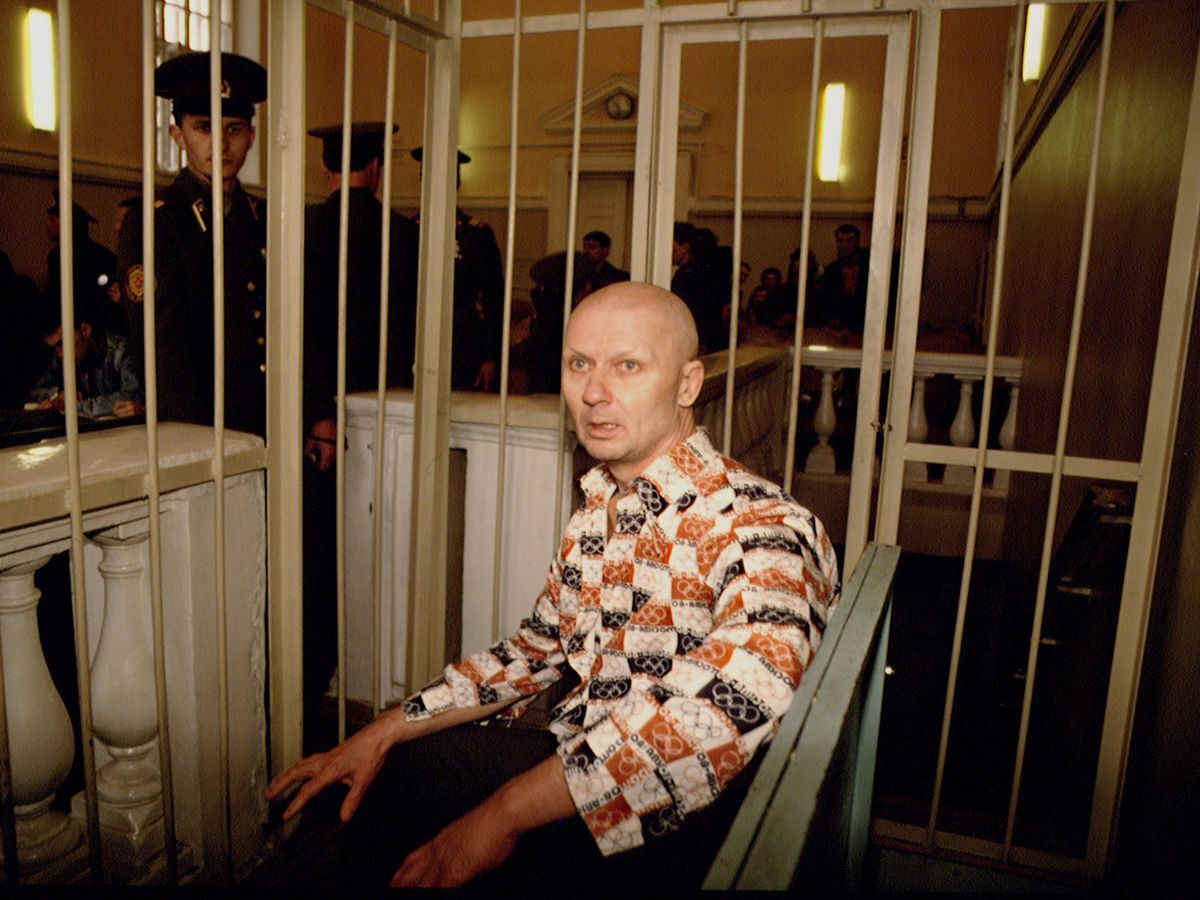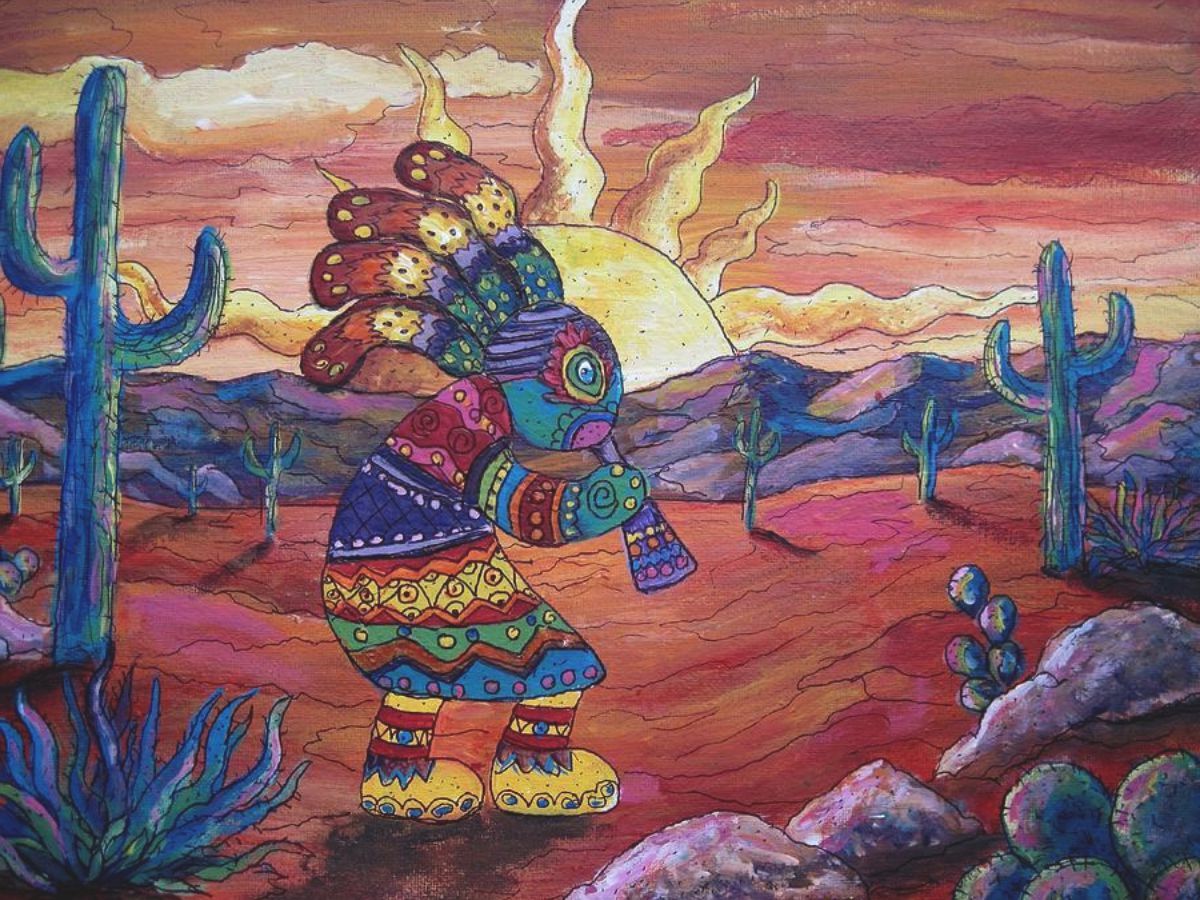
Who was Andrei Chikatilo? Known as the "Butcher of Rostov," Andrei Chikatilo was a Soviet serial killer who terrorized Russia during the 1970s and 1980s. His gruesome crimes involved the murder and mutilation of at least 52 women and children. Chikatilo's ability to evade capture for years baffled authorities, leading to widespread fear and paranoia. His eventual arrest in 1990 and subsequent trial revealed chilling details about his methods and motives. This post delves into 35 shocking facts about Andrei Chikatilo, shedding light on his dark legacy and the impact it had on criminal profiling and law enforcement in Russia.
Key Takeaways:
- Andrei Chikatilo's troubled childhood and psychological issues contributed to his descent into heinous crimes, impacting Soviet society and criminal investigation techniques.
- Chikatilo's case led to changes in Soviet law enforcement and increased awareness of serial killers, leaving a dark legacy in criminology and popular culture.
Early Life and Background
Understanding Andrei Chikatilo's early years provides insight into his later actions. His childhood was marked by hardship and trauma.
- Born on October 16, 1936, in Yabluchne, Ukraine, Chikatilo grew up during the famine caused by Stalin's policies.
- His family was extremely poor, often going without food for days.
- Chikatilo's father was conscripted into the Red Army during World War II and later captured by the Germans.
- His mother often told him stories about his older brother, who she claimed was kidnapped and eaten by neighbors during the famine.
Education and Early Career
Despite his troubled childhood, Chikatilo pursued education and a career. These aspects of his life were relatively normal compared to his later years.
- He was a good student, excelling in literature and history.
- Chikatilo attended Rostov University, where he studied Russian literature and philology.
- After graduation, he worked as a communications engineer in the Soviet Army.
- He later became a teacher, though he struggled with maintaining discipline in the classroom.
Personal Life
Chikatilo's personal life was complex and filled with difficulties, particularly in his relationships and family life.
- He married a woman named Feodosia in 1963.
- The couple had two children, a son and a daughter.
- Chikatilo experienced impotence, which caused significant strain in his marriage.
- He was known to have a quiet and unassuming demeanor, which masked his darker tendencies.
Descent into Crime
Chikatilo's criminal activities began in the late 1970s and escalated over the next decade. His actions shocked and horrified the Soviet Union.
- His first known murder occurred in 1978, when he killed a nine-year-old girl named Yelena Zakotnova.
- Chikatilo's crimes often involved sexual assault, mutilation, and cannibalism.
- He targeted women and children, luring them into secluded areas before attacking them.
- Over time, his methods became more brutal and sadistic.
Investigation and Arrest
The investigation into Chikatilo's crimes was one of the largest and most complex in Soviet history. It took years to finally apprehend him.
- The Soviet police initially struggled to connect the murders due to a lack of forensic technology.
- Chikatilo was first arrested in 1984 but released due to lack of evidence.
- He was placed under surveillance in 1990 after a series of murders in Rostov.
- Chikatilo was finally arrested in November 1990 after being caught trying to lure a young boy.
Trial and Conviction
Chikatilo's trial was a media sensation, drawing attention from around the world. His behavior in court was erratic and disturbing.
- The trial began in April 1992 and lasted until October of the same year.
- Chikatilo confessed to 56 murders, though he was convicted of 52.
- He often acted bizarrely in court, at times stripping naked and shouting obscenities.
- The court found him guilty and sentenced him to death.
Execution and Legacy
Chikatilo's execution marked the end of one of the most notorious criminal cases in Soviet history. His legacy remains a dark chapter in criminology.
- He was executed by a single gunshot to the back of the head on February 14, 1994.
- Chikatilo's case led to significant changes in Soviet and later Russian criminal investigation techniques.
- His crimes have been the subject of numerous books, documentaries, and films.
- Chikatilo is often compared to other infamous serial killers like Ted Bundy and Jeffrey Dahmer.
Psychological Profile
Understanding Chikatilo's psychological makeup is crucial to comprehending his actions. Experts have studied his case extensively.
- He was diagnosed with schizoid personality disorder.
- Chikatilo exhibited signs of sadism and necrophilia.
- His childhood trauma likely contributed to his violent tendencies.
- Psychologists believe his impotence played a significant role in his crimes.
Impact on Society
Chikatilo's crimes had a profound impact on Soviet society, influencing public perception and law enforcement practices.
- The case exposed flaws in the Soviet criminal justice system.
- It led to increased awareness and fear of serial killers in the Soviet Union.
- Chikatilo's actions prompted changes in how the Soviet police handled serial murder investigations.
Final Thoughts on Andrei Chikatilo
Andrei Chikatilo's life and crimes leave a chilling mark on history. Known as the "Butcher of Rostov," his actions shocked the world and highlighted the importance of understanding criminal psychology. His ability to evade capture for years, despite numerous murders, underscores the challenges faced by law enforcement. Chikatilo's case also led to significant changes in investigative techniques and criminal profiling in Russia.
Understanding the complexities of his psyche and the societal factors that may have influenced his behavior can provide valuable insights for preventing future atrocities. While his story is horrifying, it serves as a grim reminder of the need for vigilance and advancements in forensic science. By studying cases like Chikatilo's, society can better equip itself to identify and stop such individuals before they can cause harm.
Frequently Asked Questions
Was this page helpful?
Our commitment to delivering trustworthy and engaging content is at the heart of what we do. Each fact on our site is contributed by real users like you, bringing a wealth of diverse insights and information. To ensure the highest standards of accuracy and reliability, our dedicated editors meticulously review each submission. This process guarantees that the facts we share are not only fascinating but also credible. Trust in our commitment to quality and authenticity as you explore and learn with us.


